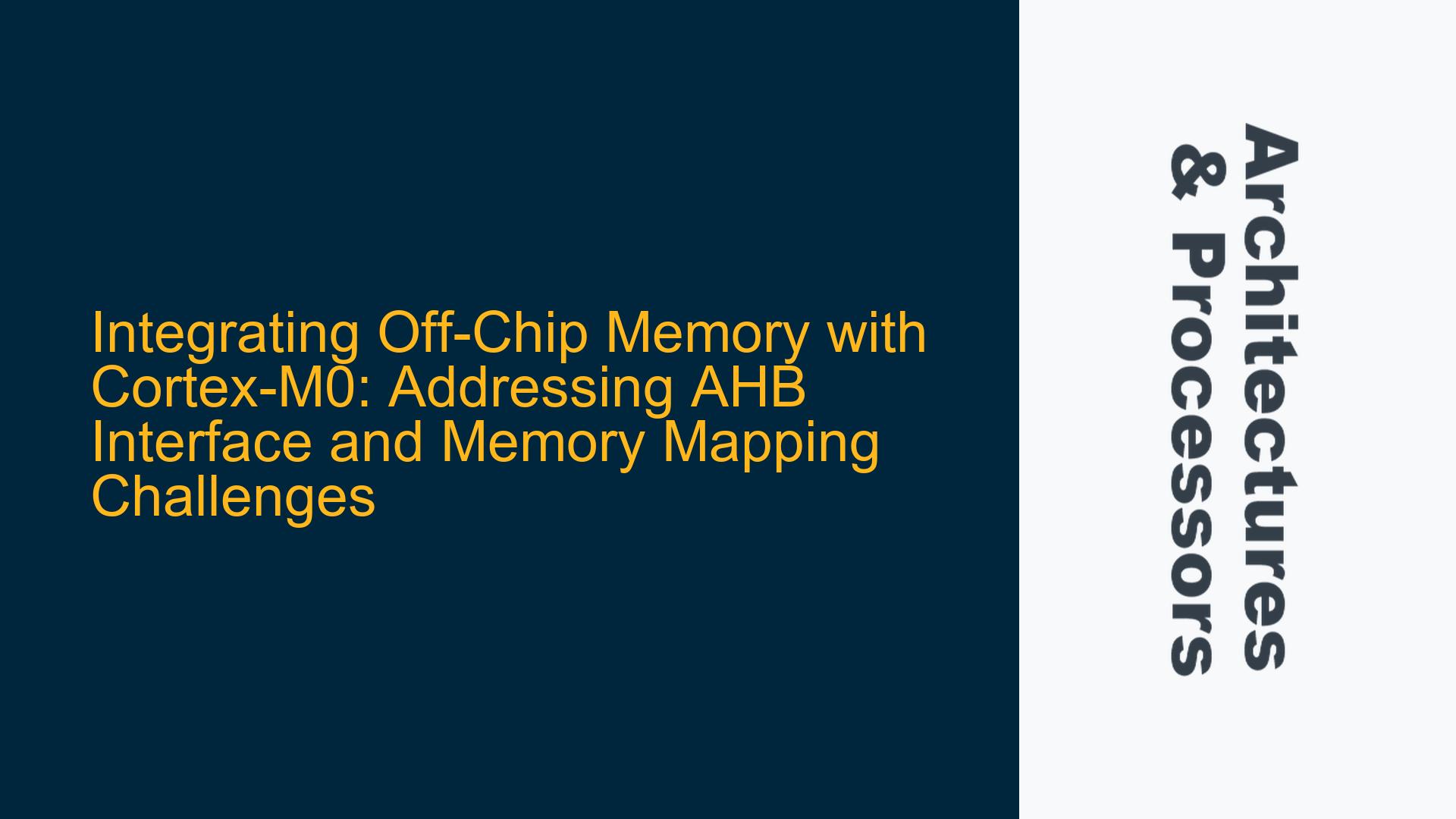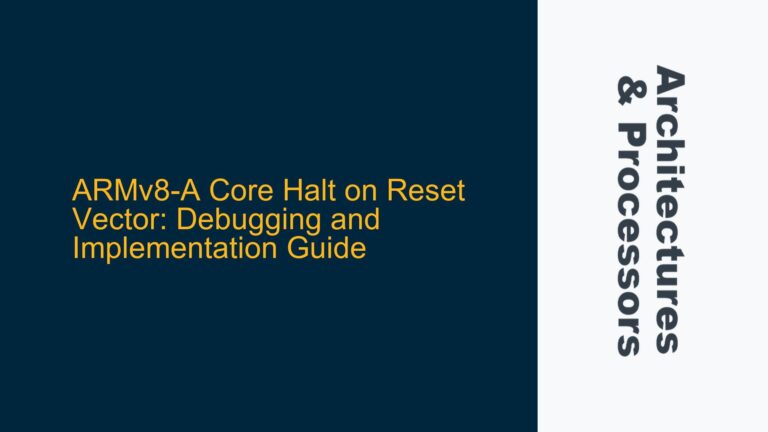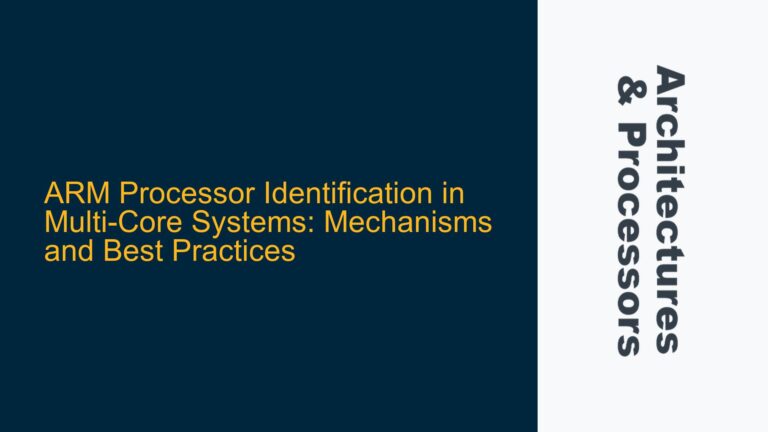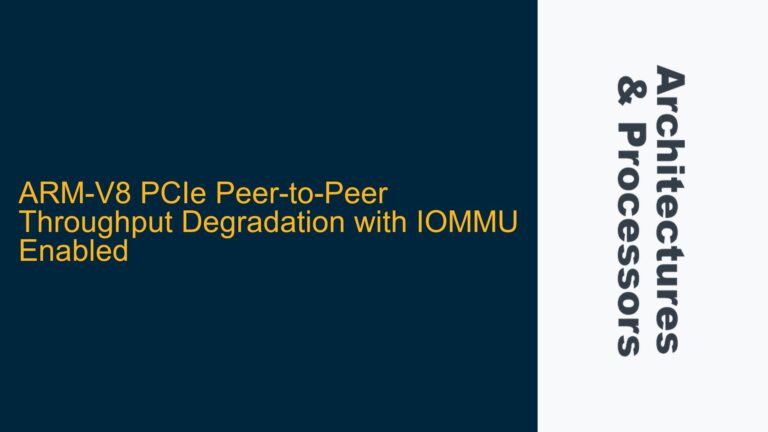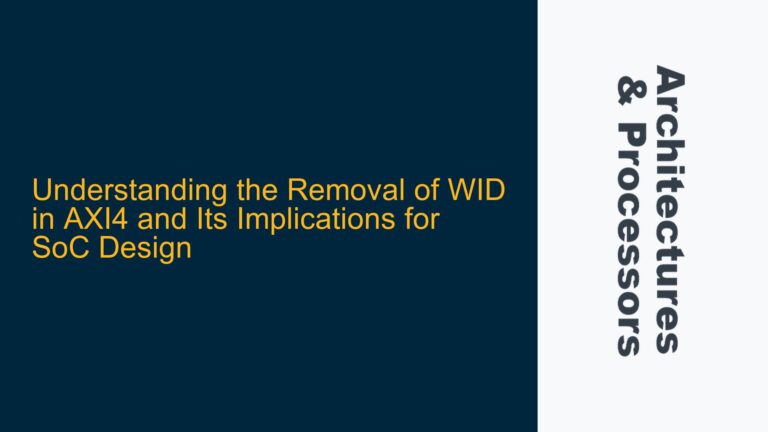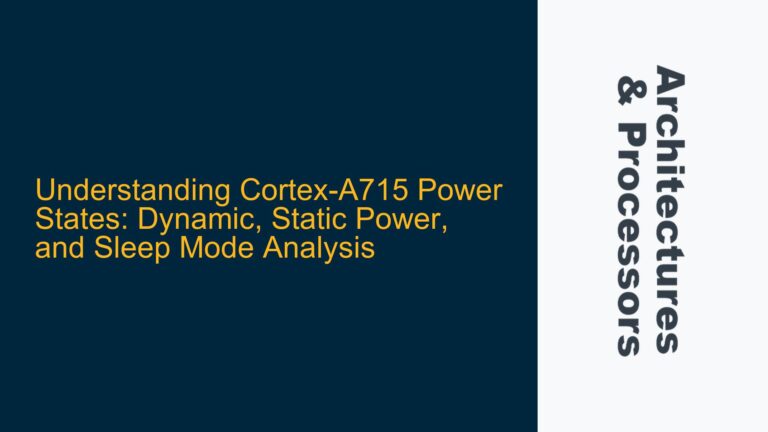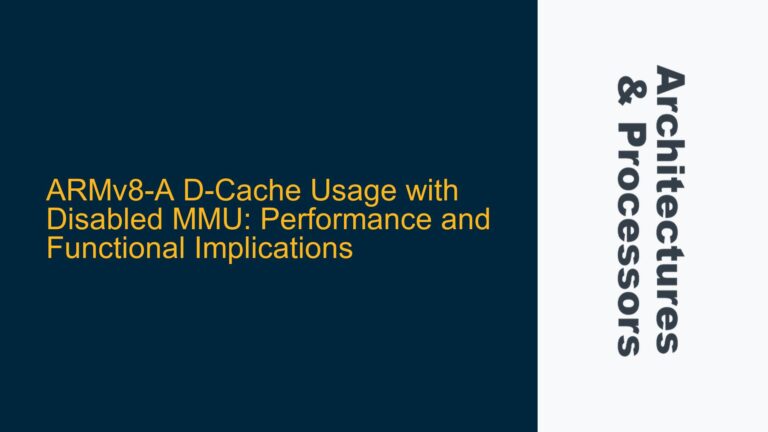Off-Chip Memory Integration at 0x00000000 on Cortex-M0
The Cortex-M0 processor, being a highly efficient and cost-effective ARM core, is often used in resource-constrained embedded systems. One common requirement in such systems is the integration of off-chip memory, particularly when the on-chip memory is insufficient for the application’s needs. A critical question arises: Can off-chip memory be mapped to the address 0x00000000, and if so, how can this be achieved using the AHB (Advanced High-performance Bus) to external SRAM interface?
The Cortex-M0 processor expects its vector table to be located at address 0x00000000 upon startup. This vector table contains the initial stack pointer value and the reset vector, which are essential for the processor to begin execution. By default, the on-chip memory (such as Flash or SRAM) is mapped to this address. However, when off-chip memory is introduced, the memory map must be carefully designed to ensure that the processor can access the vector table and other critical data during startup and runtime.
The AHB to external SRAM interface provides a pathway for the Cortex-M0 to communicate with external memory devices. This interface must be configured correctly to ensure that the memory access timing, data width, and addressing align with the requirements of both the Cortex-M0 and the external memory device. The challenge lies in ensuring that the external memory can be accessed reliably and efficiently, especially when mapped to the critical address range starting at 0x00000000.
AHB Interface Configuration and Memory Mapping Constraints
The integration of off-chip memory with the Cortex-M0 processor involves several potential pitfalls, primarily related to the AHB interface configuration and memory mapping constraints. One of the primary concerns is the timing of memory accesses. The Cortex-M0 operates at a relatively high clock speed, and the external memory device may have different access latency characteristics compared to on-chip memory. If the AHB interface is not configured to account for these differences, the processor may experience wait states or even fail to access the memory correctly.
Another critical issue is the data width mismatch. The Cortex-M0 is a 32-bit processor, but the external memory device in question may be an 8-bit or 16-bit SRAM. This mismatch requires careful handling to ensure that data is correctly transferred between the processor and the memory device. The AHB interface must be configured to handle byte or half-word accesses, and the memory controller must correctly align the data to match the processor’s expectations.
Memory mapping is another area where issues can arise. The Cortex-M0 expects the vector table to be located at 0x00000000, and this address range must be accessible immediately after reset. If the external memory is mapped to this address range, the memory controller must ensure that the memory is available and accessible as soon as the processor comes out of reset. This may require additional hardware support, such as a memory controller that can initialize the external memory device and make it available to the processor before the first instruction fetch.
Finally, the AHB interface must be designed to handle the specific requirements of the external memory device. This includes configuring the address and data buses, control signals, and timing parameters to match the memory device’s specifications. Any mismatch in these parameters can lead to unreliable memory access, data corruption, or even system failure.
Configuring the AHB Interface and Ensuring Reliable Memory Access
To successfully integrate off-chip memory with the Cortex-M0 processor, several steps must be taken to configure the AHB interface and ensure reliable memory access. The first step is to design the memory map such that the external memory is mapped to the required address range, including the critical 0x00000000 address. This may involve configuring the memory controller to remap the external memory to this address range or using a combination of on-chip and off-chip memory to ensure that the vector table is accessible at startup.
The next step is to configure the AHB interface to match the timing requirements of the external memory device. This involves setting up the memory controller to insert the appropriate number of wait states to account for the memory device’s access latency. The timing parameters must be carefully calculated based on the processor’s clock speed and the memory device’s specifications. This ensures that the processor can access the memory without experiencing wait states or data corruption.
Handling the data width mismatch between the Cortex-M0 and the external memory device is another critical step. If the external memory is an 8-bit or 16-bit device, the AHB interface must be configured to handle byte or half-word accesses. This may involve using a memory controller that can perform the necessary data alignment and padding to ensure that the processor receives the correct data. Additionally, the memory controller must be configured to handle unaligned memory accesses, which can occur when the processor attempts to access data that spans multiple memory locations.
Ensuring that the external memory is available immediately after reset is also crucial. This may require additional hardware support, such as a memory controller that can initialize the external memory device and make it available to the processor before the first instruction fetch. This ensures that the processor can access the vector table and begin execution without delay.
Finally, the AHB interface must be thoroughly tested to ensure that it meets the timing and data integrity requirements of the system. This involves simulating the memory access patterns and verifying that the memory controller correctly handles all possible access scenarios. Any issues identified during testing must be addressed by adjusting the AHB interface configuration or modifying the memory controller design.
In conclusion, integrating off-chip memory with the Cortex-M0 processor requires careful consideration of the AHB interface configuration and memory mapping constraints. By following the steps outlined above, it is possible to achieve reliable and efficient memory access, even when mapping external memory to the critical 0x00000000 address range. This ensures that the Cortex-M0 processor can operate correctly and efficiently in systems with limited on-chip memory resources.
